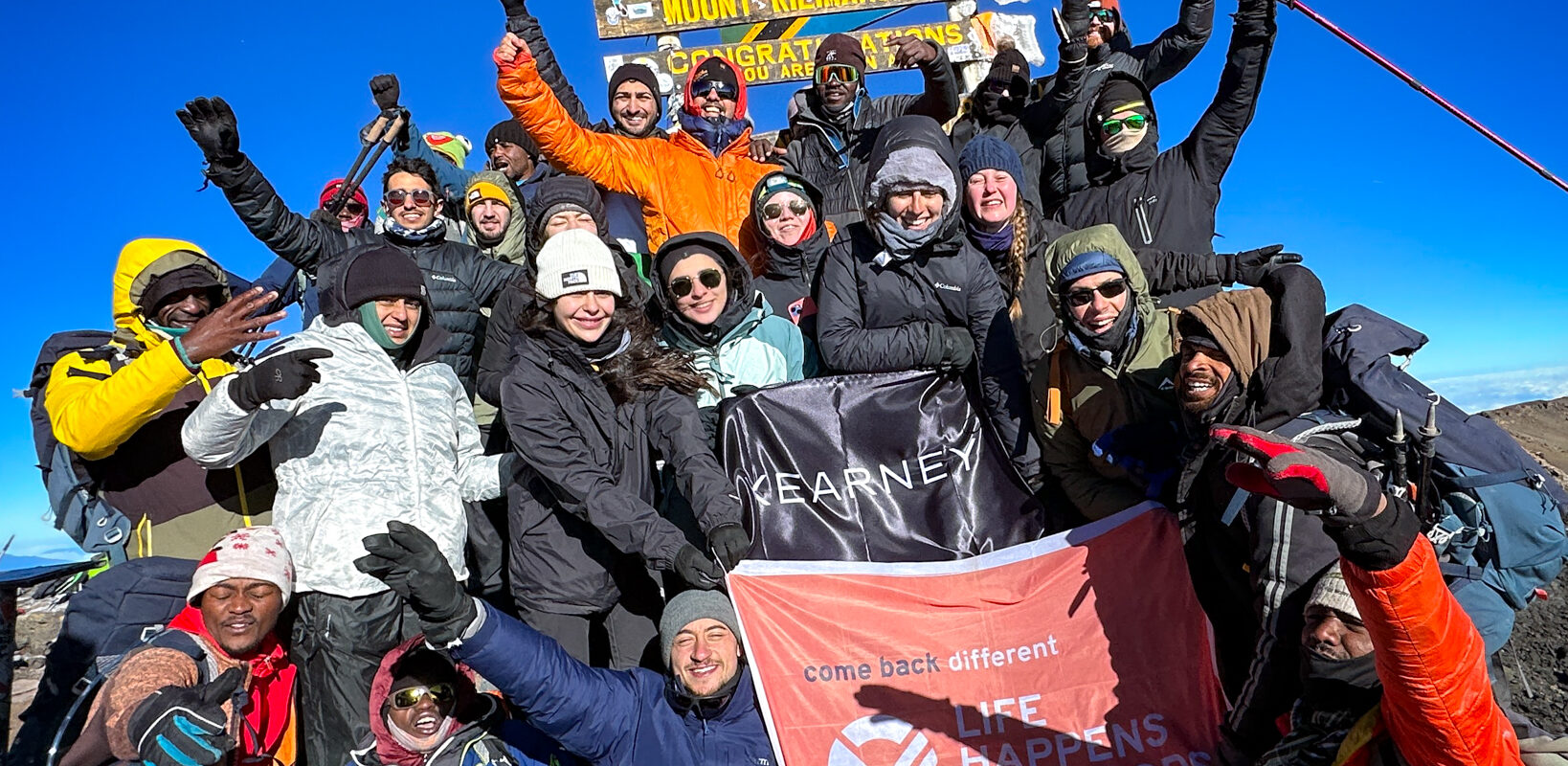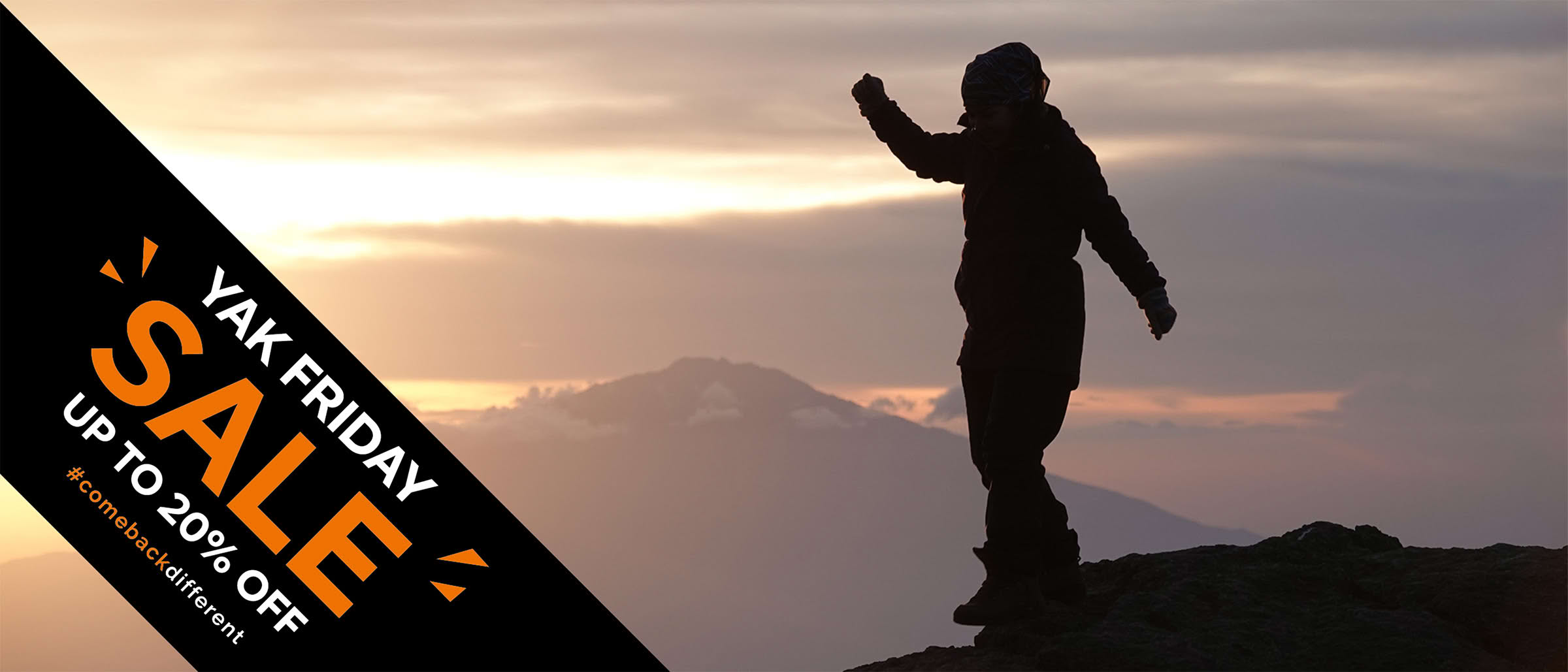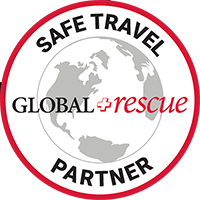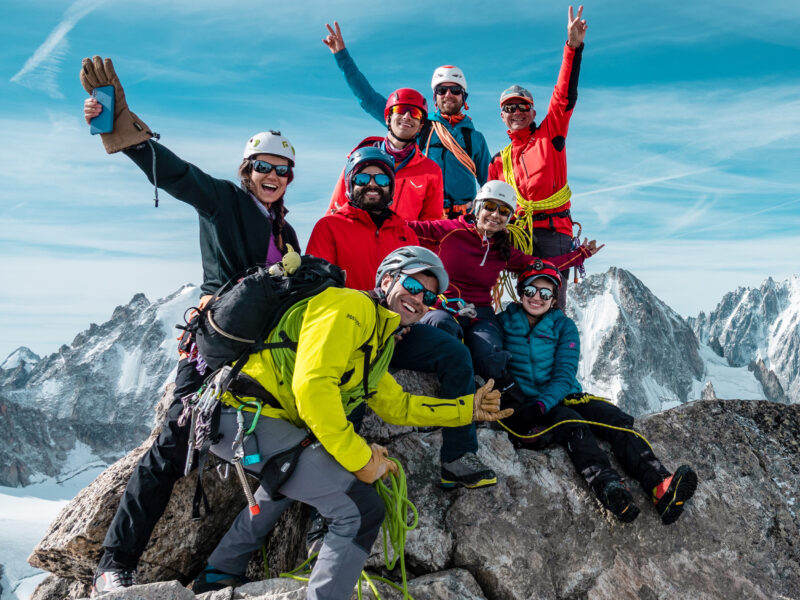BY Hazem El Shamy | February 18 2025
How Hard is it to Climb Kilimanjaro

Climbing Mount Kilimanjaro, Africa’s highest peak at 5,895 meters, is a formidable yet achievable adventure that attracts thousands of enthusiasts annually. While it doesn’t require technical mountaineering skills, the ascent presents several challenges that demand thorough preparation and determination.
Altitude and Acclimatization
The primary challenge of summiting Kilimanjaro is its high altitude. As you ascend, the air becomes thinner, leading to reduced oxygen levels that can cause altitude sickness, characterized by headaches, nausea, dizziness, and fatigue. To mitigate these effects, it’s crucial to allow your body ample time to acclimatize, as well as following a struct nutritional system while on the mountain.
Physical Preparation
While the climb is essentially a trek and doesn’t involve technical climbing, it requires a good level of physical fitness. The daily hikes range from easy to moderate difficulty, but the summit day is particularly strenuous. Engaging in regular cardiovascular exercises, strength training, and, if possible, hiking with a loaded backpack can prepare your body for the demands of the climb. Starting your training regimen several months in advance will build the necessary endurance and strength.
Mental Fortitude
Beyond physical readiness, mental resilience plays a pivotal role in your Kilimanjaro journey. The combination of long days of trekking, camping in varying weather conditions, and being away from everyday comforts can be taxing. Maintaining a positive attitude, setting realistic expectations, and focusing on the rewarding experience of reaching the summit can help you overcome psychological hurdles.
Route Selection
Kilimanjaro offers several routes to the summit, each varying in length, scenery, and difficulty. Choosing a route that aligns with your fitness level and allows sufficient time for acclimatization is essential. Longer routes not only provide better acclimatization but also offer a more gradual ascent, increasing your likelihood of success.
Weather Conditions
The mountain’s weather can be unpredictable, with temperatures ranging from hot and humid at the base to freezing cold at higher elevations. Being prepared for varying conditions by packing appropriate gear, such as layered clothing, waterproof jackets, and quality hiking boots, is vital for a comfortable and safe climb.
Guided Support
Partnering with experienced guides can significantly enhance your climbing experience. Professional guides offer valuable support, monitor your health, and provide encouragement throughout the journey. Their expertise ensures that you navigate the mountain safely and increases your chances of reaching the summit.
In conclusion, while climbing Mount Kilimanjaro is a challenging endeavor, it’s attainable with proper preparation, both physically and mentally. By understanding the demands of the climb and planning accordingly, you can embark on this remarkable adventure with confidence.
About The Author
Hazem is an avid high altitude mountaineer and adventurer that has helped lead hundreds of climbers to summits across the Himalayas, Andes, Atlas, and Caucus mountain ranges. He believes that inspiration is best served on a sharp ridge 6000 meters up in the sky, and is committed to making big mountain goals more achievable to the everyday climber.
About Life Happens Outdoors
At Life Happens Outdoors, we believe in the power of nature to transform lives. As proud members of the Adventure Travel Trade Association (ATTA) and the World Travel & Tourism Council (WTTC), our team of certified guides and outdoor professionals is committed to the highest standards of safety, sustainability, and excellence.
Discover more about our story and mission on our Meet LHO page, or explore our curated adventures such as the Tour du Mont Blanc Trek, the Climb of Kilimanjaro, and Chasing the Northern Lights.















